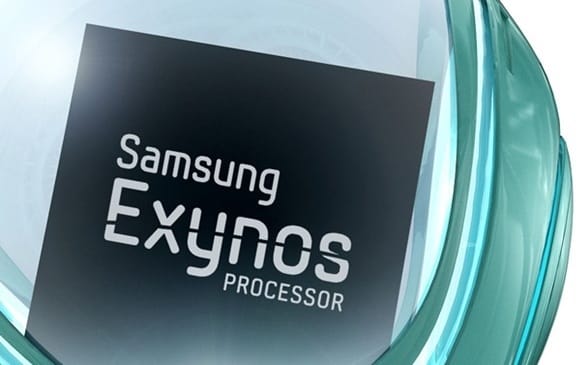If you’ve been following tech news regularly, you’d be aware of the fact that Qualcomm has recently dropped its partnership with Samsung and opted for TSMC instead to build its next-gen 7nm Snapdragon chipsets.
Rumor also had it that Samsung will be ditching Qualcomm next year and that the Galaxy Note 9 will feature a 8nm or 7nm based Exynos chipset for all the markets including the US, where Samsung has been using the Qualcomm’s Snapdragon processor for long time.
And now, in what appears to be an interesting development, a report from Korean media suggests that Samsung will be skipping the 7nm chipset altogether, to jump to 6nm tech right away.
The report further suggests that the 6nm chipsets will be based on 7nm node itself but “it is a process that makes wire width more finer.” And as usual, there will be improvements in performance as well as power efficiency alongside being cost efficient.
‘Exynos 9610 could be Samsung’s answer to Qualcomm Snapdragon 660 processor’
Apparently, Samsung’s ultimate goal is to mass produce the 6nm chipsets for use in 2019. And, meanwhile, it’s also planning to mass produce 8nm chipsets for 2018 to cover the absence of 7nm chipsets. In case you are wondering, the 8nm chipsets are said to be an upgrade that has its roots in the tech that produces the 10nm chipsets like Exynos 8895 and Snapdragon 835.
Taiwan Semiconductor Manufacturing Company (TSMC) has skipped the 10nm process in favor of the 7nm chipsets. And in order to get ahead of the competition, Samsung has apparently come with the new strategy to mass produce 6nm chipsets.
Samsung has reportedly decided to ”put two new ASML NXE 3400B mass production next generation extreme ultraviolet (EUV) exposure equipment in this year and 7 in next year.”
‘Samsung Galaxy Note 7 FE price and launch date’
One of the two new ASML NXE 3400B will be deployed on Hwaseong 17 line in Gyeonggi province soon where the operation tests will begin while the second one is expected to come in the second half of the year. Finally, the equipment will then be relocated to Samsung’s foundry production facilities for the company’s next-generation smartphones.
The report further goes onto mention that the Samsung decided not to manufacture 7nm chips based on the existing exposure equipment since it wouldn’t be cost-effective for the company. In case you are wondering, exposure plays a key role in semiconductor manufacturing process and carries circuit patterns.
‘The Galaxy Note 8 to feature horizontal dual camera layout, renders leak online too’
According to semiconductor productions specialists, EUV exposure can be used in some core process to reduce the size as well as the cost of the chip. Owing to EUV’s short wavelength of 13.5nm, drawing circuit patterns on chips at once becomes easier, and that’s exactly the reason why Samsung apparently decided to use this next-gen EUV exposure technique to the 7nm production line.
TSMC, on the other hand, doesn’t use this exposure equipment for its current 7nm chipsets. The report suggests that TSMC is planning to use EUV exposure for the second set of 7nm chipsets after commercializing the first set next year.
Source: Naver













Discussion